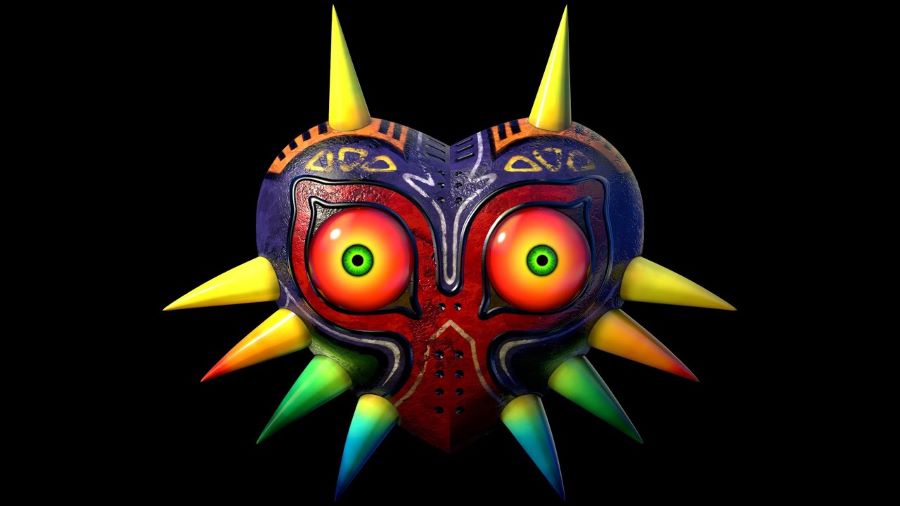Thick Thighs Save Lives
NeoGAF's Physical Games Advocate Extraordinaire

Originally released in 2000 on the N64, The Legend of Zelda: Majora’s Mask is a renowned classic. The game’s art director Takaya Imamura recently took to X to reveal the intriguing origins behind the made-up name Majora.
Majora’s Mask was critically acclaimed upon its release, especially for its innovative time-travelling mechanic in which the same three days repeat, and its masks that give the adventure a character-swapping element. The evil ancient artifact Majora’s Mask is the main villain that Link must defeat in the game- and a reoccurring item in later entries to the series. The Legend of Zelda: Majora’s Mask has a slightly darker and odder premise than previous games in the series, and the origin of the name “Majora” is no less bizarre and surprising.
Post translation: I made Mujura’s Mask by combining “Imamura” and “Jumanji.” Really.
In Japanese, the name Majora is spelt Mujura. As Takaya Imamura reveals, it was created by combining his surname, “Imamura,” with the title of the 1995 American fantasy film “Jumanji.” Considering the time travelling aspects of Jumanji, which centers around a supernatural jungle-themed boardgame, it could be argued that the film’s influence can be seen in The Legend of Zelda: Majora’s Mask.
Imamura worked at Nintendo for around 32 years, leaving the company in 2021 to become a university professor and freelancer. In his time at Nintendo, he worked on well-known series such as Star Fox, F-Zero and of course, The Legend of Zelda.
Source - Automaton West









